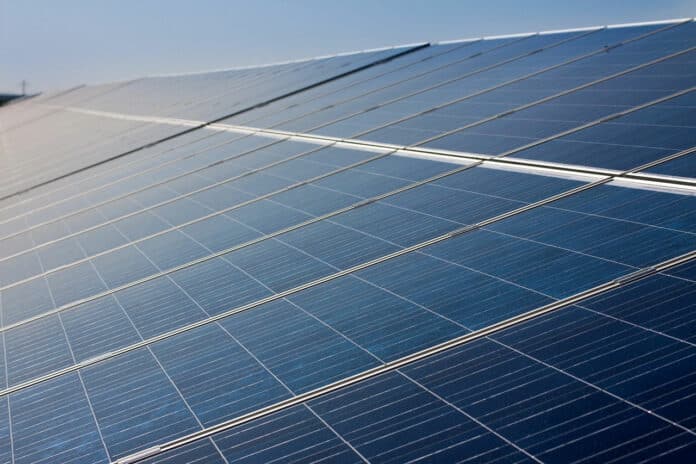Inorganic-organic hybrid perovskite solar cells (PSCs) have attracted great attention due to their excellent optoelectronic properties. PSCs are lightweight, flexible, cheap to produce, and easy to manufacture; also, rapidly rising power conversion efficiencies are being realized. But it has one major drawback – long-term stability – that impedes their progress toward commercial applications.
This challenge is rooted in the volatile nature of organic components contained within perovskites. The volatile nature of the organic components can lead them to migrate or escape from the perovskite layer when exposed to environmental stimuli like light, heat, and electric fields. This leads to rapid degradation, significantly reducing PSCs’ efficiency, stability, and performance.
A new study has demonstrated that PSCs treated with BondLynx can achieve remarkable efficiency and stability, even after 1,000 hours of continuous exposure to environmental stimuli. The new adhesive, called BondLynx, was originally produced by Canadian materials company XlynX for other purposes before being tested on solar cells.
BondLynx forms chemical covalent bonds with the organic components in PSCs to strongly immobilize them, thereby reducing the losses of efficiency, stability, and performance typically seen in PSCs.
For their study, researchers treated perovskite solar cells with BondLynx, exposing them to constant heat and light to see how well they worked compared to untreated solar cells. After 200 hours of continuous operations under 1 sun illumination, untreated control PSCs exhibited a 35% loss in power conversion efficiency. In comparison, BondLynx-treated PSCs retained almost 99% of their initial efficiency even after 1,000 hours of continuous exposure to simulated sunlight.
When exposed to constant heat of 60 °C, the BondLynx-treated PSCs maintained nearly 98% efficiency after 600 hours of continuous operation, while the untreated one lost 27% of efficiency.
Overall, resulting PSCs exhibited a high certified efficiency of over 24% with long operational stability of over 1,000 hours. Researchers believe that this strategy also possesses great potential in other perovskite-based optoelectronic devices.
Journal reference:
- Kai Liu, Saqib Rafique, Stefania F. Musolino, Zenghua Cai, Fengcai Liu, Xiaoguo Li, Yongbo Yuan, Qinye Bao, Yingguo Yang, Jiao Chu, Xinxin Peng, Cengao Nie, Wei Yuan, Sidi Zhang, Jiao Wang, Yiyi Pan, Haijuan Zhang, Xia Cai, Zejiao Shi, Chongyuan Li, and Yiqiang Zhan. Covalent bonding strategy to enable non-volatile organic cation perovskite for highly stable and efficient solar cells. Joule, 2023; DOI: 10.1016/j.joule.2023.03.019
